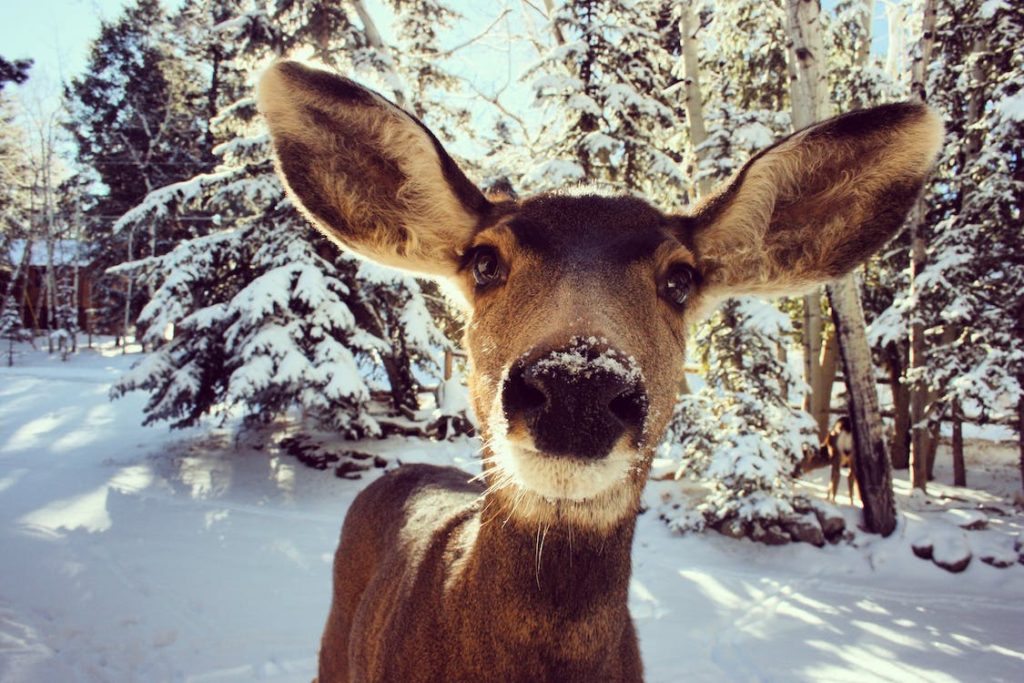As the old joke goes, “What do you call a deer with no eyes? No idea!” While this may elicit a groan from some, the concept of a deer with no eyes can actually teach us a few things about the natural world and the adaptability of animals.
Firstly, it’s important to note that while a deer with no eyes may seem like a strange concept, it’s not actually impossible. In fact, there are many examples of animals in the wild that have adapted to live without eyes or with reduced eyesight.

Example To Understand
One example is the Texas blind salamander, which is a species of salamander that lives in underground caves and has no eyes at all. Because the salamander lives in complete darkness, it has evolved to rely on other senses, such as its sense of smell and its ability to sense vibrations in the water, to navigate its environment and find prey.
Another example is the cavefish, which is a type of fish that lives in underground caves and also has no eyes. Like the Texas blind salamander, the cavefish has adapted to its environment by relying on other senses, such as its sense of smell and its ability to sense electrical currents in the water.
So while a deer with no eyes may seem like a joke, there are actually real-world examples of animals that have adapted to live without eyesight.
Of course, for a deer in the wild, the loss of eyesight would be a significant disadvantage. Deer rely heavily on their eyesight to detect predators and navigate their environment, so a deer with no eyes would be at a serious disadvantage when it comes to survival.
However, there are some examples of animals that have adapted to live with reduced eyesight. For example, many animals that live in dimly lit environments, such as deep sea creatures, have eyes that are specially adapted to detect low levels of light.
Similarly, some animals that live in environments with lots of visual clutter, such as the forest floor, have eyes that are adapted to detect motion and changes in light levels rather than fine details.
In some cases, animals may also rely on other senses, such as their sense of hearing or smell, to compensate for reduced eyesight.
So while a deer with no eyes may seem like a joke, it’s important to remember that the natural world is full of examples of animals that have adapted to survive in all kinds of environments, including those with limited or no eyesight.
Conclusion
while the concept of a deer with no eyes may seem like a silly joke, it actually highlights some important truths about the natural world. There are many examples of animals that have adapted to live without eyes or with reduced eyesight, and these adaptations are often crucial to their survival in their respective environments.
While a deer with no eyes may not be a likely scenario, it’s important to remember that animals are incredibly adaptable and have evolved to survive in all kinds of environments. So the next time you hear the joke about the deer with no eyes, remember that there are real-world examples of animals that have adapted to live without eyesight, and that these adaptations are a testament to the ingenuity and resilience of the natural world.

